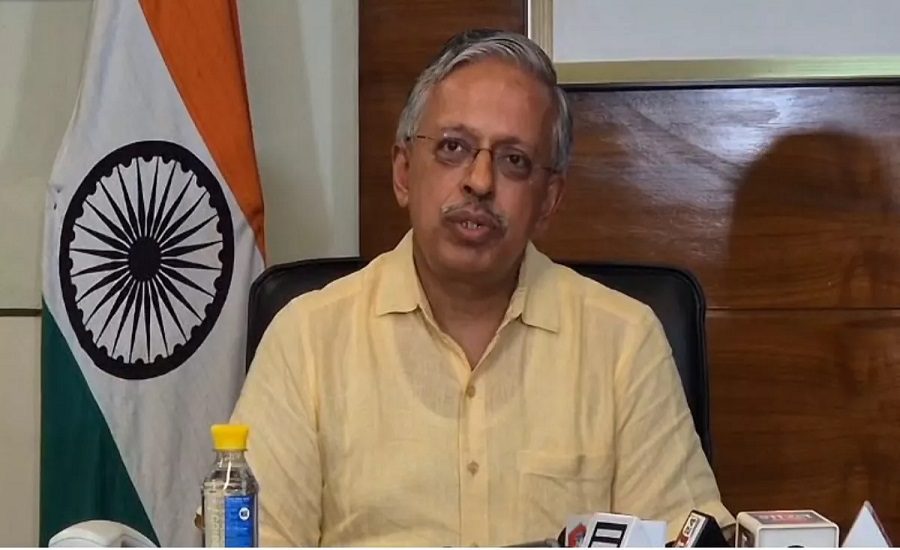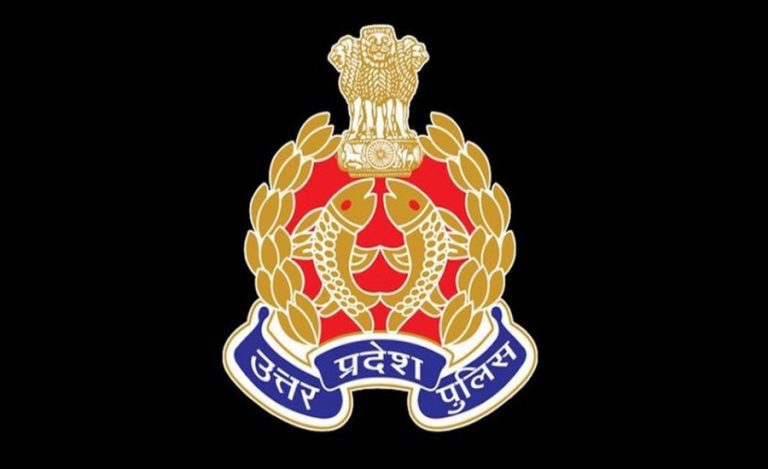Lucknow/Delhi: Uttar Pradesh Chief Secretary Shashi Prakash Goyal (IAS:1989:UP) successfully underwent heart surgery at a private hospital in New Delhi after being diagnosed with coronary artery disease. Goyal had recently complained of chest pain, prompting medical tests that revealed the condition and led to a recommendation for immediate surgical intervention.
Surgery Successful, Recovery Underway
The surgery was performed on Tuesday and, according to the treating doctors, was successful. Goyal is said to be recovering well and is expected to be discharged soon. He is currently under observation during his post-operative recovery phase.
Read also: UP Chief Secretary SP Goyal Goes on Leave Citing Health Reasons; APC Deepak Kumar Gets Full Charge
Administrative Changes Amid Sudden Leave
Goyal’s sudden departure on long leave on the same day sparked speculation within administrative and political circles. Later in the day, the Uttar Pradesh Government issued an official order assigning his duties to senior IAS officer Deepak Kumar (IAS:1990:UP). Kumar, who currently serves as Additional Chief Secretary (Finance) and Agriculture Production Commissioner, will temporarily handle the responsibilities of the Chief Secretary.
A Trusted Officer in the CM’s Inner Circle
Shashi Prakash Goyal, a 1989-batch IAS officer, assumed charge as the Chief Secretary of Uttar Pradesh on July 31, 2025. Prior to this, he served in the Chief Minister’s Office for nearly eight years, where he was known as one of CM Yogi Adityanath’s most trusted and influential officers.
Goyal has earned a reputation for being fearless and outspoken, often praised for taking decisions free of political influence. His administrative leadership and hands-on approach to governance made him a central figure in the execution of major state policies.
What Is Coronary Artery Disease?
Coronary Artery Disease (CAD) is a common but serious heart condition caused by the narrowing or blockage of arteries that supply blood to the heart. It is primarily due to atherosclerosis, where cholesterol, fat, and other substances build up on artery walls, forming plaque. This restricts blood and oxygen flow, increasing the risk of a heart attack.




























